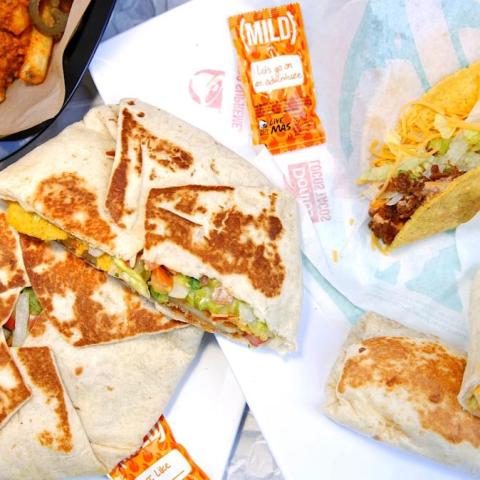Surviving in Elden Ring Nightreign comes down to a few key rules. First, always tackle the small camp for a quick level-up. Second, avoid the Bell Bearing Hunter boss underneath the castle. And lastly, don’t try to revive fallen teammates when they have three bars of health left—unless you have your ultimate ability ready. Yet, time and again, players ignore this and dive right in. Let’s break down why that approach can be a real mistake.
Zullie the Witch, a YouTuber known for her insights on FromSoftware games, recently shared valuable information on how reviving teammates actually works in Nightreign. According to her, the UI presents a trisected icon for fallen allies. Each filled segment shows how many times they’ve gone down. However, the actual effort required to revive them increases dramatically with each bar. Reviving teammates isn’t just about healing; it involves dealing damage to them.
In this game, each weapon type offers a base damage number, starting at 10 for daggers and going up to 25 for heavy weapons like ballistas. To fill the first revive bar, you need 40 damage points. While that seems manageable with quick stabs, it gets tricky fast. The second bar requires 90 total damage (45 per bar), and the third bar ramps it up to a whopping 240 damage.
What makes this even harder is how quickly the health bars refill. At one bar, teammates regain health at just 2 damage per second. But that ramps up to 9 damage per second at two bars and a staggering 40 points per second at three bars. This scaling makes it nearly impossible to revive without an ultimate ability when you’re the last player standing. Taking your focus off can result in losing all your progress.
So, why do players still attempt these risky revivals? Partly, it’s due to how the UI can mislead them into thinking progress remains linear while it’s actually exponential. No one wants to feel responsible for a team’s loss. Plus, facing challenging bosses alone is daunting.
The game’s design tricks players into mixing confidence with recklessness, especially when they’re used to teaming up. The unfiltered chaos of enemy encounters can boost their ego, but when the numbers even out, reality hits hard. As Zullie emphasizes, the best strategy is to hunker down, block, dodge, and wait for your ultimate skill to recharge.
Recent data reflects similar sentiments across the gaming community. In 2022, a survey indicated that 63% of multiplayer game players felt pressured to revive teammates, even when it was strategically unwise. Understanding this phenomenon can help players recognize their motivations and make smarter choices.
In the world of Elden Ring, patience and tactics can often be more rewarding than impulsive heroics. For those interested, check out Zullie’s insights here.
Source link
Elden Ring, Video games developed in Japan, Windows games, Cooperative video games, Bandai Namco games, Kotaku




















